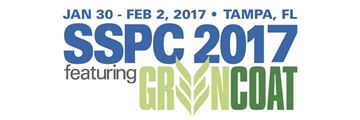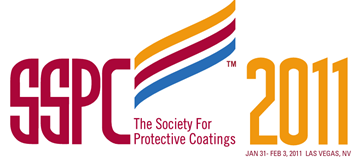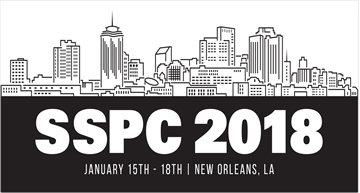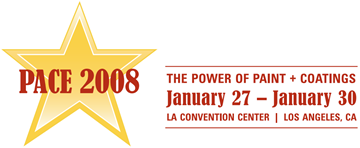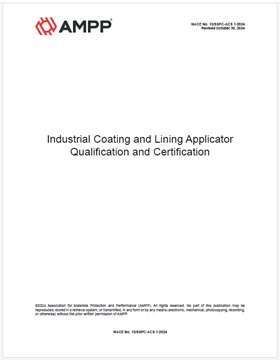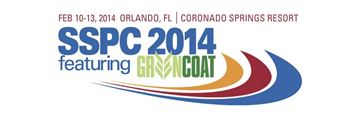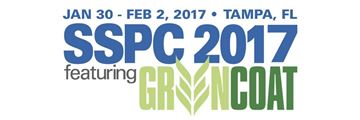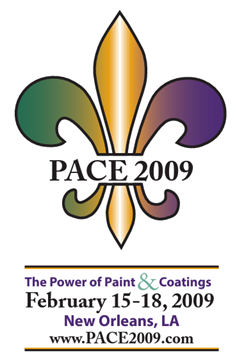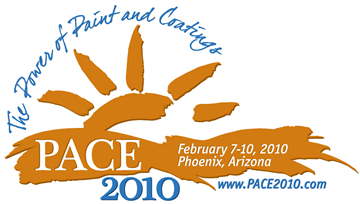Search
Products tagged with 'coating application'
View as
Sort by
Display
per page
Maintaining Aged Infrastructure with Difficult-to-Coat Features
Product Number:
51217-073-SG
Publication Date:
2017
$20.00
Making It Work - When to Reconsider Coating Specifications
Product Number:
41211-645-SG
Publication Date:
2011
$20.00
Meeting Expectations When Specifying Concrete Rehabilitation
Product Number:
51218-103-SG
Publication Date:
2018
$20.00
Moisture Cured Polyurethane Saves the Day
Product Number:
41208-442-SG
Publication Date:
2008
$20.00
NACE No. 13/SSPC-ACS 1-2024, Industrial Coating and Lining Applicator Qualification and Certification
Product Number:
NACE No. 13/SSPC-ACS 1-2024
Publication Date:
2024
$109.00
National Shipbuilding Research Program Surface Preparation and Coatings Panel 2014 Update
Product Number:
41214-813-SG
Publication Date:
2014
$20.00
Novel Crosslinking Isocyanate-Free Coatings Technology
Product Number:
51217-065-SG
Publication Date:
2017
$20.00
Novel Self-Healing Chemistries for Elevated Tempurature Coating Applications
Product Number:
41209-519-SG
Publication Date:
2009
$20.00
Novel Waterborne Epoxy Resin Dispersion for High Performance Metal Primers and Concrete Floor Finishes
Product Number:
41210-573-SG
Publication Date:
2010
$20.00
NSRP-US Navy Initiatives to Reduce the Costs of Painting Navy Ships
Product Number:
41211-593-SG
Publication Date:
2011
$20.00
Paint Inspection From the Coating Manufacturer’s Perspective
Product Number:
41215-894-SG
Publication Date:
2015
$20.00
Past Versus Present - Comparing Laboratory Performance of Vinyl Resin Coatings with Modern Epoxy-Polysiloxane Coating Systems
Product Number:
51217-076-SG
Publication Date:
2017
$20.00

